Windows Central Verdict
The GameVice Flex builds on the Razer Kishi, offering a massive array of customizable parts that allows you to use virtually any phone, case included, making for elevated convenience. However, removing the parts can be a huge chore, and more recent gamepads have already surpassed this design.
Pros
- +
Highly customizable suitable for many phones and different cases.
- +
Decent build quality with great sticks, triggers, buttons, and bumpers.
- +
Pass-through power for convenient charging.
- +
USB-C connectivity instead of Bluetooth.
- +
Easily collapsible for storage and travel.
Cons
- -
Parts are difficult to swap once inserted.
- -
A little outdated compared to recent competitors.
Why you can trust Windows Central
The GameVice Flex is essentially a Razer Kishi in all but name. Perhaps it's actually more accurate to say the Razer Kishi was a GameVice Flex. Indeed, if you look at the reverse label on a Razer Kishi, you'll see GameVice's logo right there, since all Razer did was essentially slap its logo on another product (something the firm seems to be doing with increasing frequency in recent times).
In any case, it's pretty certain from getting my hands on GameVice's own gamepad that Razer essentially made no changes to its version of the hardware, although Razer has since moved on to its own design in the form of the Razer Kishi V2. That begs the question, really, does the GameVice Flex hold up in late 2022, when so many of its competitors have iterated on this existing paradigm?
Surprisingly, the answer is very much yes, especially if you want to use a mobile controller for Android gaming or Xbox Cloud Gaming without having to remove the case from your phone.
GameVice Flex: Price and availability
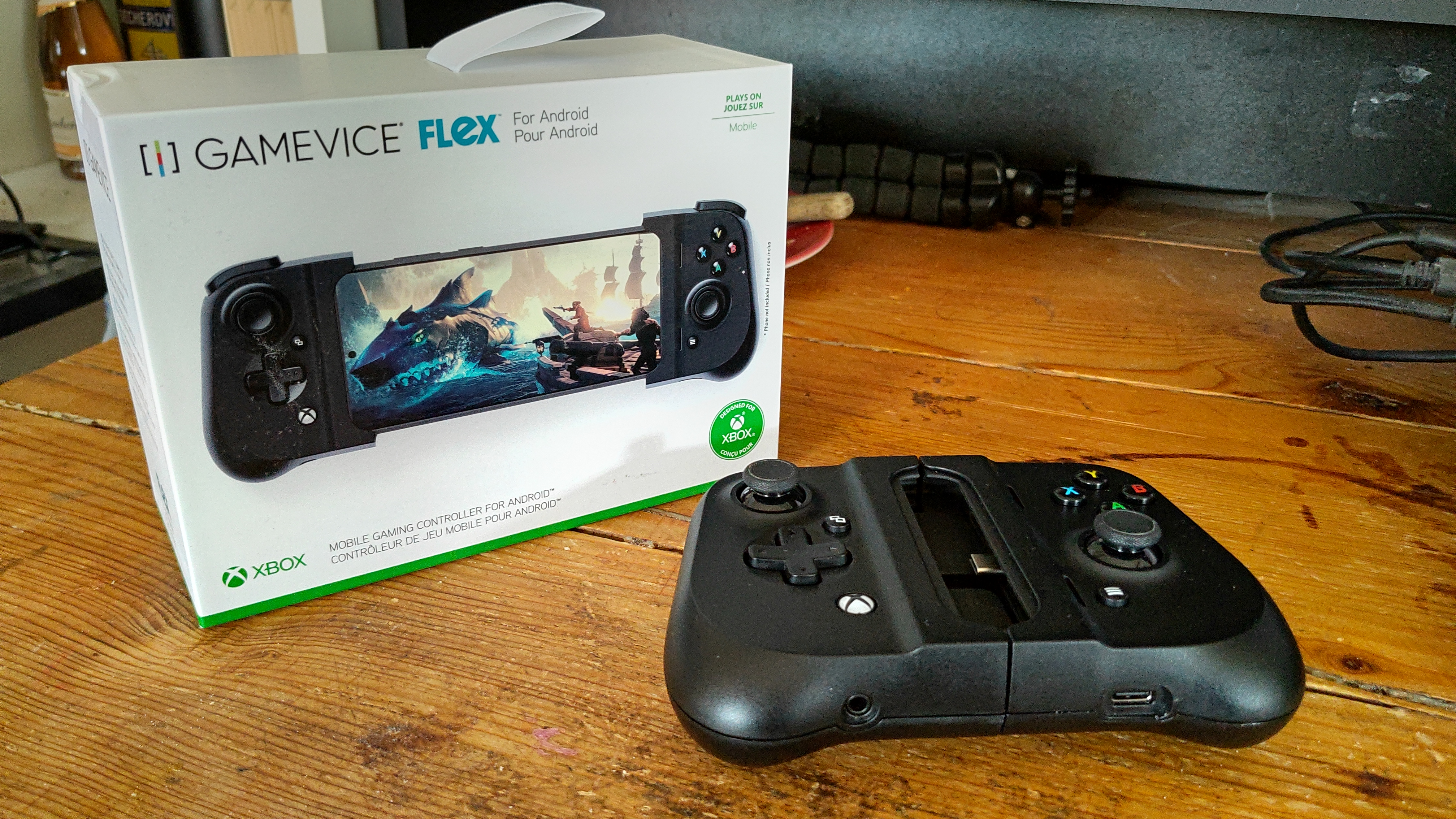
The GameVice Flex is available from October 14, 2022, from the company's website, as well as major U.S. tech retailers like Amazon and Best Buy.
The GameVice Flex generally retails for $99, and gives you the gamepad, and a range of inserts to accommodate various sizes of phones and their cases.
GameVice Flex: Pros
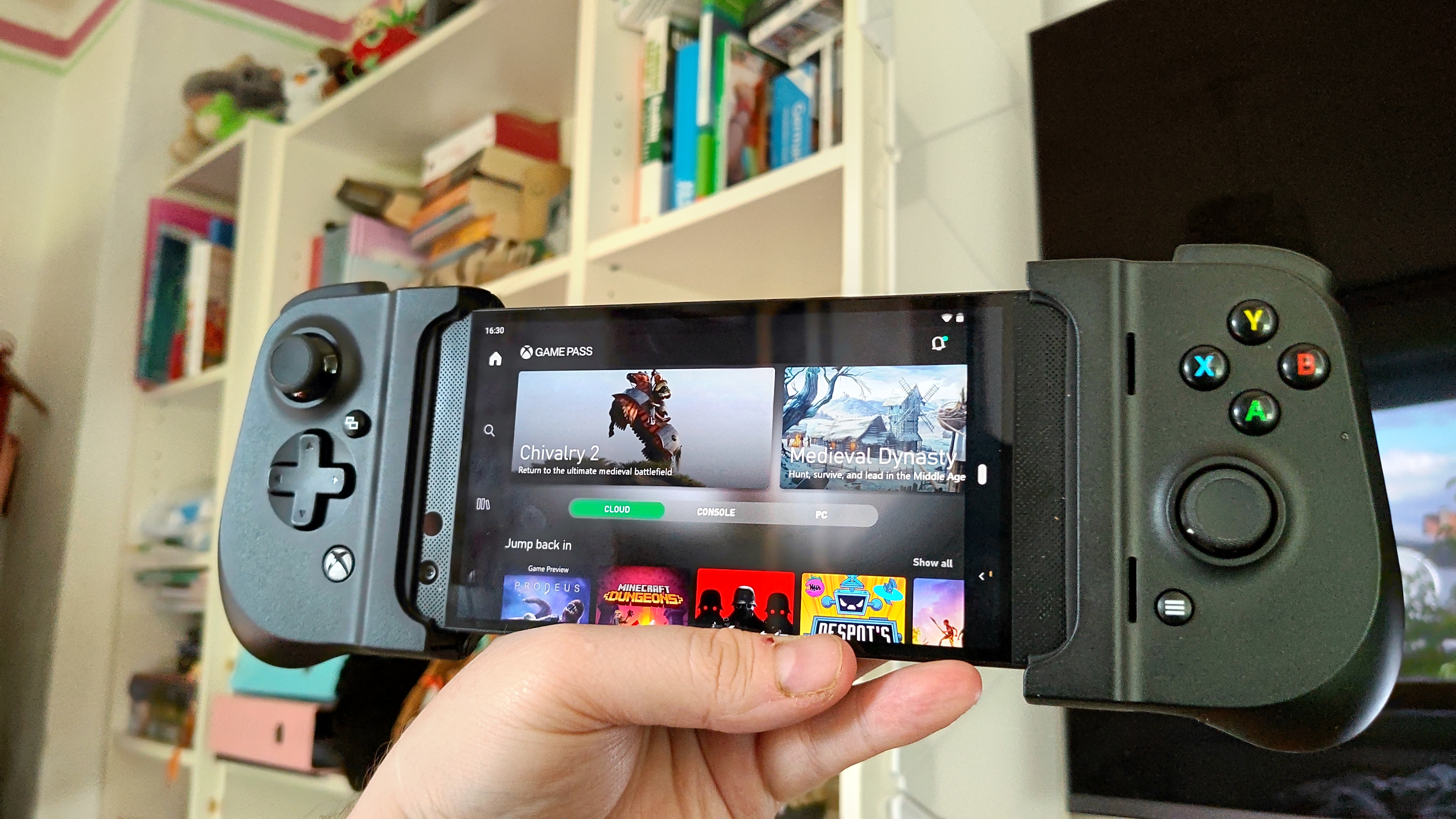
The GameVice Flex is a familiar Xbox-style gamepad, with versions for USB-C Android and Lightning iPhone devices apiece, both costing $99. It has a matte black design with offset sticks, Xbox-style ABXY buttons, right and left bumpers, and right and left triggers. It also has Xbox menu and view keys, as well as a dedicated Xbox "home" button to complete the experience. To the untrained eye, you'd be forgiven for thinking this was a Razer Kishi. And, as I mentioned above, that's because it is.
With Razer opting out of GameVice's design for its newer versions, GameVice has decided to go alone and build out and iterate on its product, although the action on the inputs feels largely the same. The sticks, buttons, and triggers aren't quite at the level of a standard Xbox controller, but they're very close. The lip on the triggers makes them very easy to grip and actuate, and the GameVice is also satisfyingly large for average adult hands. It has ergonomic grips that feel snug in the palm, and feels incredibly natural to use, much like the Kishi before it.
So, what is exactly new here? The GameVice Flex solves one of the key annoyances of the Kishi, and the clue is in the name "Flex."
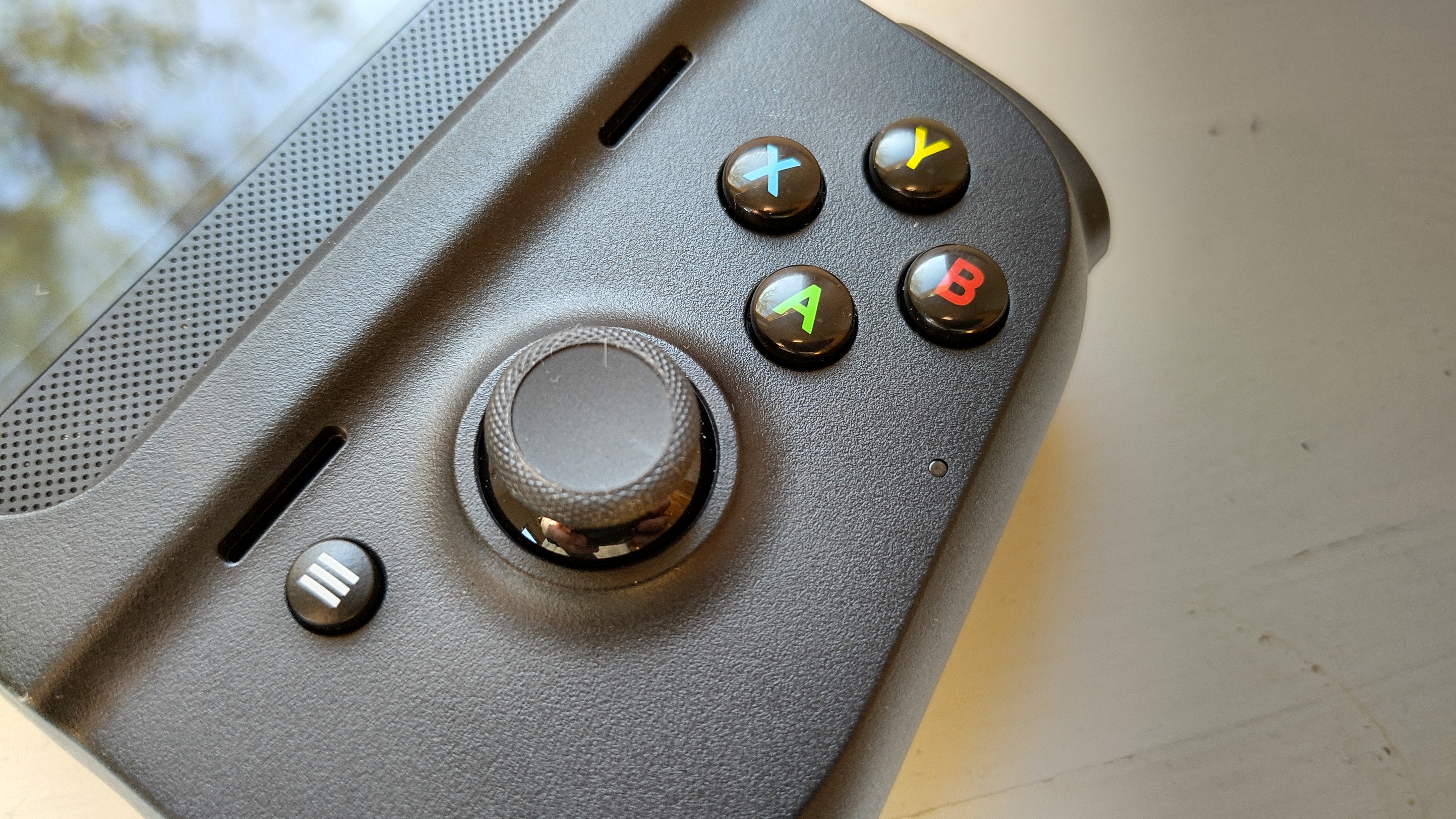
The Razer Kishi came with a couple of rubber inserts, making it compatible with sorta average-sized phones. My Galaxy Note 20 Ultra very, very barely fit in the Kishi V1, to the point where I was afraid I was going to snap my phone in half. This is why increasingly, many companies seem to be opting for a flat clamp-style design, which can accommodate basically any rectangular phone. The downside there is stability, potentially. Held incorrectly, a clamp-style Xbox cloud gaming accessory could see your phone slip out, especially when played at certain angles. Another downside is the USB-C plug. The flat-edged clamps may accommodate all shapes of phone, but that doesn't necessarily mean they USB-C port will fit correctly. I found this to be particularly true of the Razer Kishi V2, whose USB-C plug doesn't pivot, owing to GameSir's patent on the method.
If you've ever used an Xbox cloud gaming controller and found yourself frustrated that your phone doesn't quite fit, GameVice has the solution.
To that end, GameVice retains the insert-style design, which is designed to house the phone within a lip, keeping it secure even if you feel like gaming upside down. The downside is, of course, that not all phones easily fit into the plastic inserts ... but GameVice took a sledgehammer to the solution.
The GameVice Flex comes with over a dozen additional inserts, designed to accommodate virtually all shapes and sizes of modern smart phones. You can go commando without a case or go brutal with one of UAG's military-grade shock proof covers. The GameVice Flex has an insert to accommodate all and comes with a handy cardboard measuring tool to ensure you're using the correct inlay. With my Razer Phone 2, it was enough to simply use the rubber inserts, with the flexible rubber at the back pulling each side of the controller taut in the process.
GameVice's solution isn't the most elegant, but it works. If you've ever used an Xbox cloud gaming controller and found yourself frustrated that your phone doesn't quite fit, GameVice has the solution. Or at least, it would have been a year or so ago.
GameVice Flex: Cons
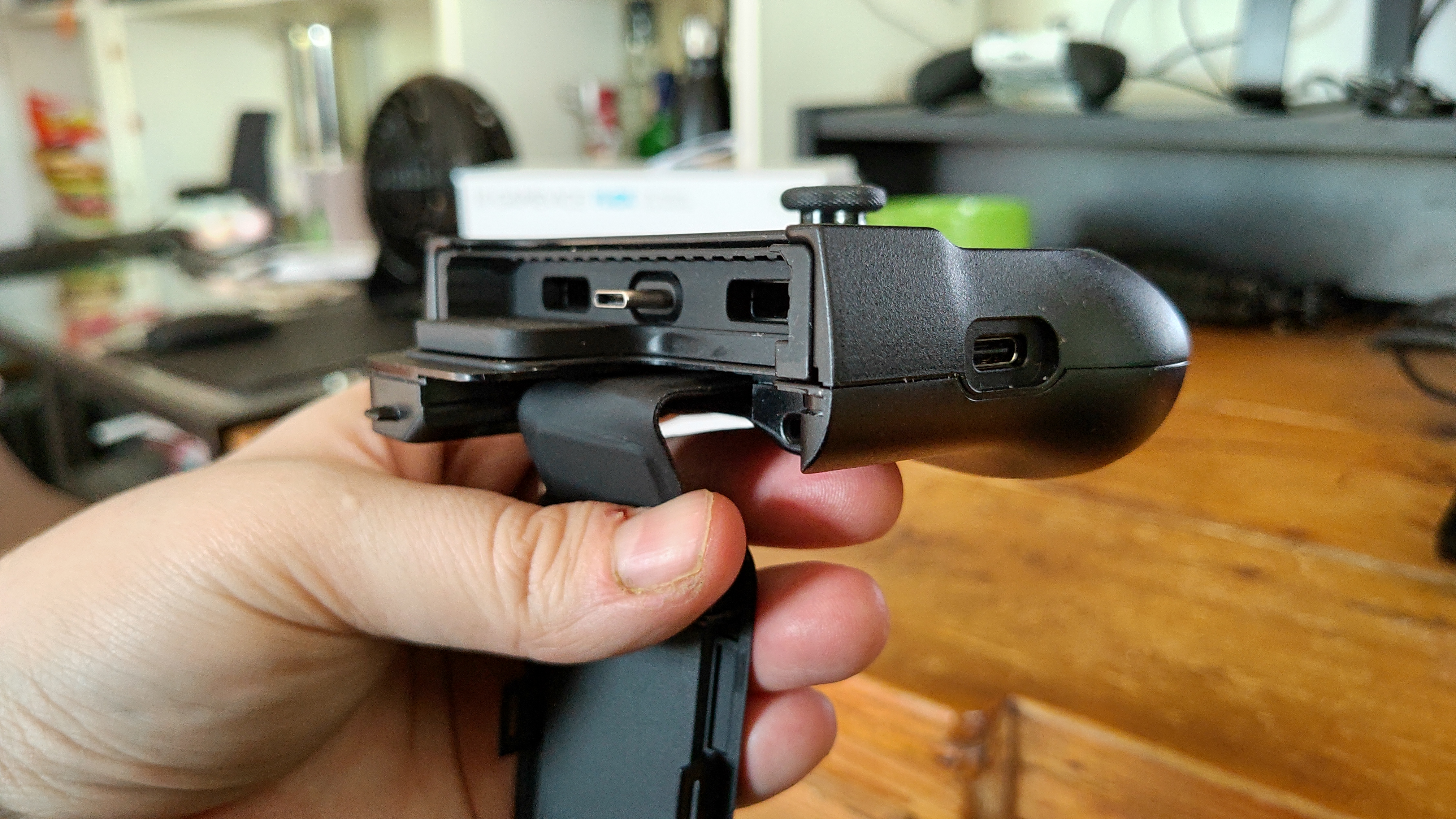
It's perhaps a little unfair to list this as a con but the GameVice Flex already feels a little outdated. The more recent Razer Kishi V2 and GameSir X2 Pro are comparatively priced, and have iterated quite heavily on switch quality, joystick motion, and other types of functionalities at the same $99 price point. As a result, the GameVice Flex feels a little dated, although by no means bad.
I'd also argue that the clamp-style format is generally preferable for the simple reason that it's a plug-and-play affair. I don't need to measure my phone and fiddle with a large category of inserts to prepare the device, although it is essentially a one-time thing. That is, unless you buy another phone ... and then there lies a new problem.
Initially, I inserted the wrong inlay, which meant my phone didn't sit properly in the housing. No big deal, I'll just swap it out, right? GameVice doesn't seem to have considered the reverse procedure with its inserts, as removing them without tools is almost impossible. It's a good thing that they fit securely, but some kind of mechanism to easily remove the inserts if you do decide to get a different case or a different phone should come as standard. I hunted down some tweezers and was able to prize the insert out to swap it, which isn't a big deal, but it is probably another reason why the flat edge clamps that competitors have gone with seem to be taking precedent.
Generally speaking, there's no real downsides to the GameVice Flex. They're competing in an increasingly competitive market, but for those who have large phone cases they'd rather not remove every time they want to play, arguably there might be no better option right now.
GameVice Flex: Competition
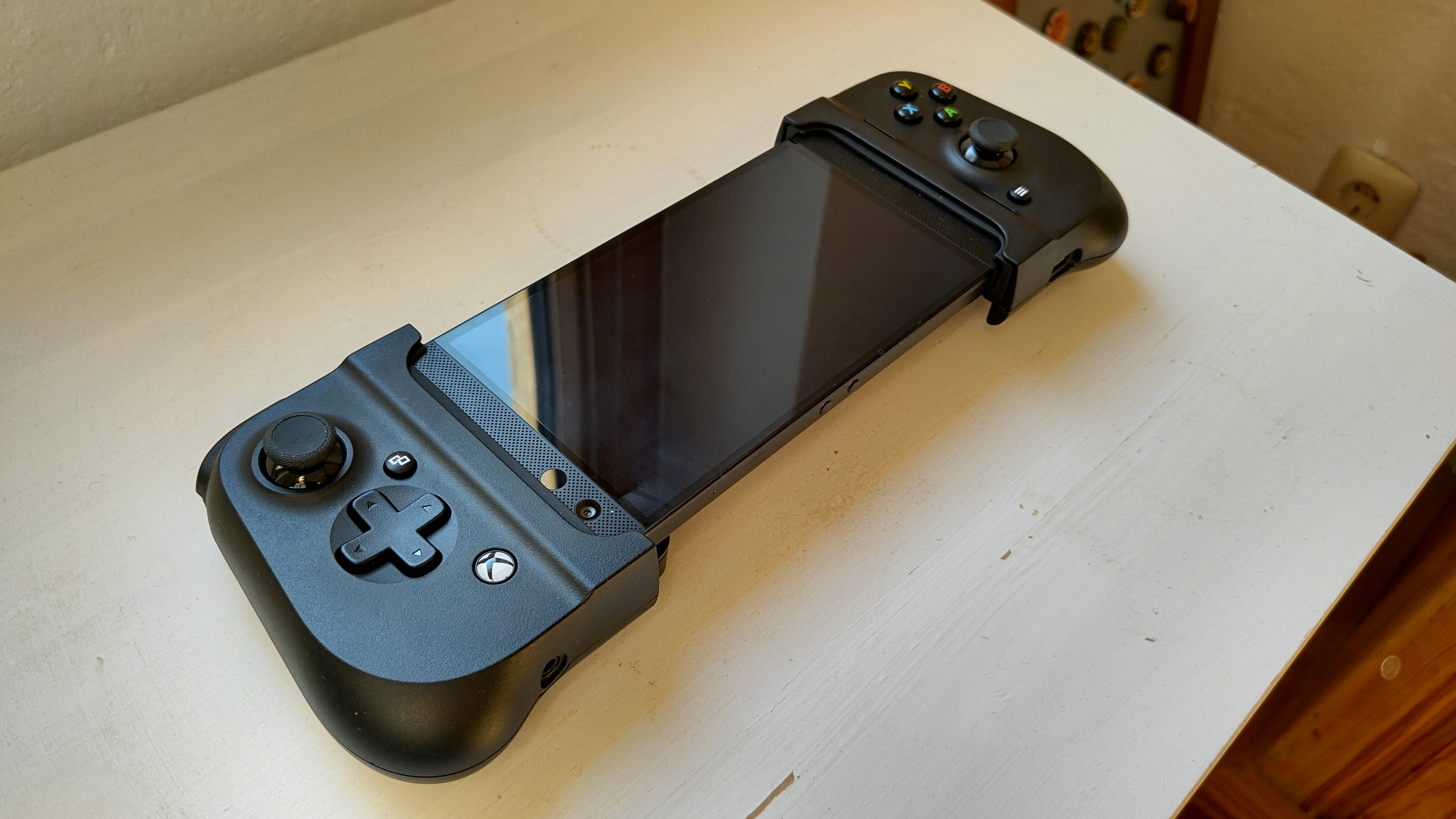
This is the ultimate argument revolving around the GameVice Flex. Since it is essentially a Razer Kishi V1 with extra features, it's hard not to compare it to the current landscape of gaming peripherals out there.
Arguably the GameSir X2 Pro and the Razer Kishi V2 have better buttons, triggers, and joysticks than the GameVice Flex here, with modernized actuation with meaningful iteration on overall quality. That being said, at least in the case of the GameSir X2 Pro, it's simply damn small. It's a bit like an Xbox Cloud Gaming controller designed for ants, or at least small children. Even though it's arguably the best from a technological perspective, the small size makes it difficult to recommend for most adults. Therefor, generally, the Razer Kishi V2 is what I'd consider to be the "top" mobile clip for Xbox Cloud Gaming or other types of cloud gaming ... but the design doesn't exactly lend itself well to phone cases.
If you have a phone case, quite honestly, the GameVice Flex is probably the best option overall. You could grab a Bluetooth edition GameSir X2 or even Bluetooth via a standard Xbox controller, but then you're adding latency from Bluetooth into the mix. USB-C is the best option for cloud gaming, and the versatility of the GameVice Flex is hard to overlook.
GameVice Flex: Should you buy it?
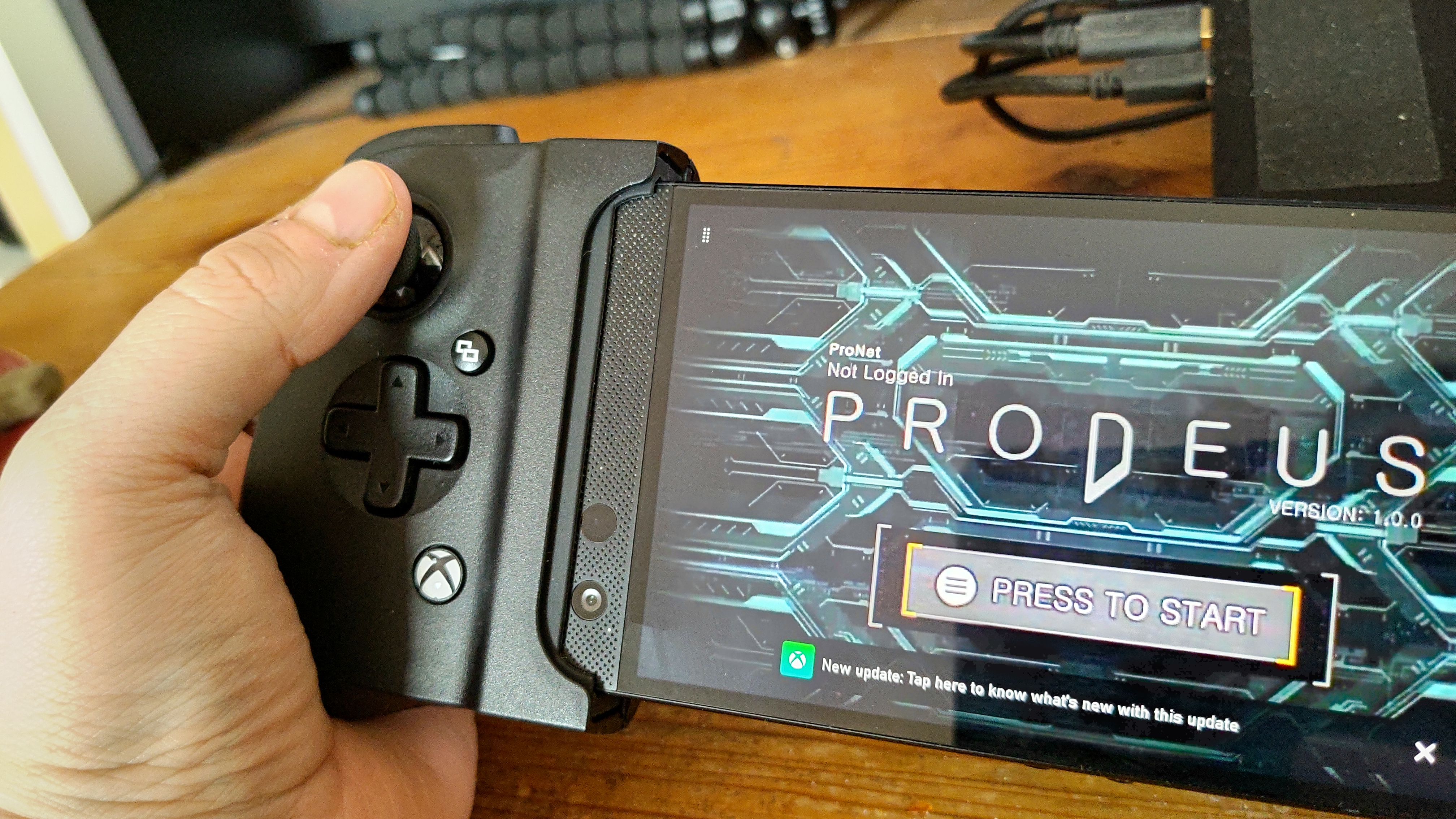
Whether or not you should buy the GameVice Flex hinges specifically on whether or not you use a case with your phone. I would argue that the GameSir X2 Pro or the Razer Kishi V2 is a better option for the same $99 price point, with the exception of those with a larger phone case. In that niche, the GameVice Flex excels.
You should buy this if:
- You use a phone with a case attached and want to cloud game.
You shouldn't buy this if:
- You already have a Razer Kishi V1, since it's essentially identical.
- Your phone fits into a more modernized competitor.
There's nothing wrong per se with the GameVice Flex. It's great that it can very snugly fit basically any modern rectangular smartphone set up, owing to its abundance of insert options. It beats Bluetooth options with its low-latency USB-C connectivity, and the design ensures that your phone won't slip out of the housing under any circumstances.
It's also larger and more ergonomic than the GameSir X2 Pro for adults, I would argue, although the overall quality is a step down from Razer's Kishi V2. The Kishi V2 won't accommodate larger phone cases, however, giving the GameVice Flex an undeniable niche well worthy of praise.
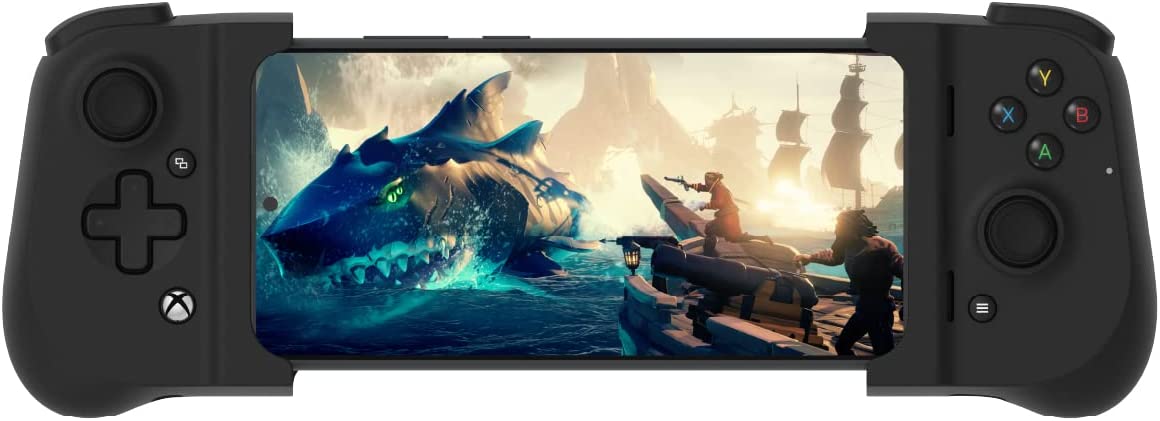
The GameVice Flex is a solid option for those who want to game on the go, accommodating even the largest phone cases thanks to a large array of plastic inserts. While it isn't quite as high-quality as some competing options, it wins on versatility and convenience, especially for those who like to use a case with their phone.

Jez Corden is the Executive Editor at Windows Central, focusing primarily on all things Xbox and gaming. Jez is known for breaking exclusive news and analysis as relates to the Microsoft ecosystem while being powered by tea. Follow on Twitter (X) and Threads, and listen to his XB2 Podcast, all about, you guessed it, Xbox!


